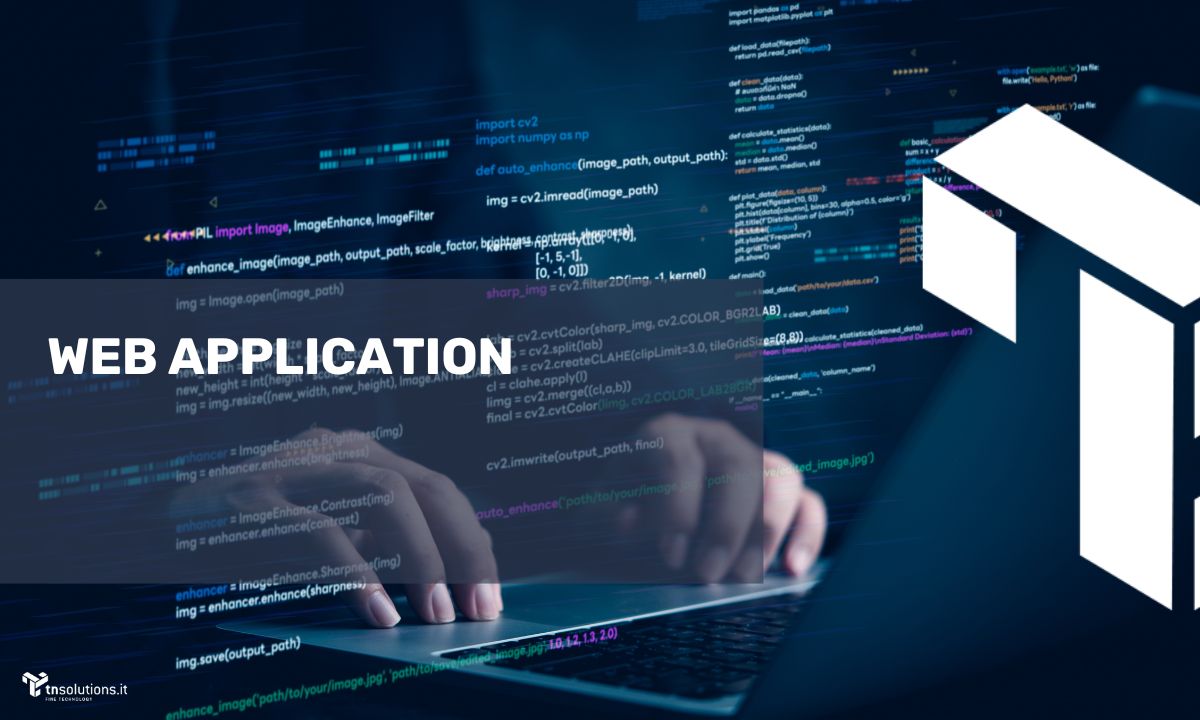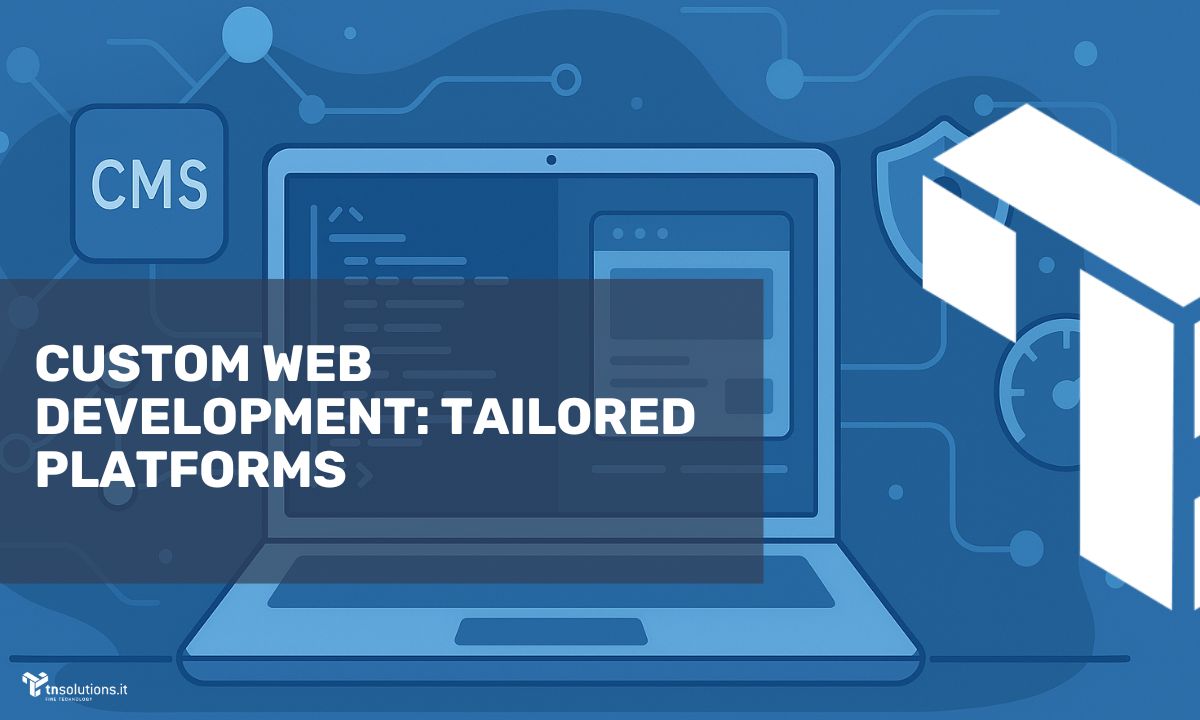
Web applications are foundational in today’s digital ecosystem, offering diverse services and functions accessible from any internet-enabled device. However, success online requires not only a functional and engaging application but also optimized SEO for maximum visibility. In this guide, we’ll explore the essentials of web application development, top SEO practices, and emerging trends in the field.

The Importance of Application Development
Web application development involves creating applications accessible across devices via browsers. Built on technologies like HTML, CSS, and JavaScript, these applications deliver rich, interactive experiences. From information management and communication to entertainment, web applications play a crucial role in users’ daily digital lives.
Benefits of Web Applications:
- Accessibility: Accessible from any device without installation.
- Simplified Updates: Rapid deployment of updates across all devices.
- Cost Efficiency: Reduced development and maintenance costs compared to native apps.
- Easy Sharing: Seamlessly shareable via URLs and links.
Technology Advancements in Application Development
Technology in web development is constantly evolving, with new frameworks and tools emerging regularly to streamline development and boost application performance. Key trends include:
- Front-end Frameworks: React, Angular, Vue.js
- Back-end Frameworks: Node.js, Django, Ruby on Rails

SEO Optimization for Web Applications
Search engine optimization (SEO) is crucial to ensure that web applications reach the intended audience and stand out online. Core SEO practices include:
- Optimized Site Structure: Clean, hierarchical architecture to improve indexing.
- High-Quality Content: Creation of relevant, informative content.
- Compelling Meta Tags and Descriptions: Use relevant meta tags to boost search visibility.
- Site Speed: Enhance performance for faster page loading times.
The Role of User Experience (UX) in Web Applications
A fundamental aspect of web application development is User Experience (UX). Good UX ensures users derive value from their experience by offering an intuitive interface, quick load times, and smooth navigation. It also includes text readability, accessibility for users with disabilities, and design consistency. Investing in UX not only improves user satisfaction but also positively impacts project visibility and success.

Emerging Trends in Web Application Development
As web applications continue to evolve, developers should stay informed on emerging trends to build effective, forward-looking applications.




